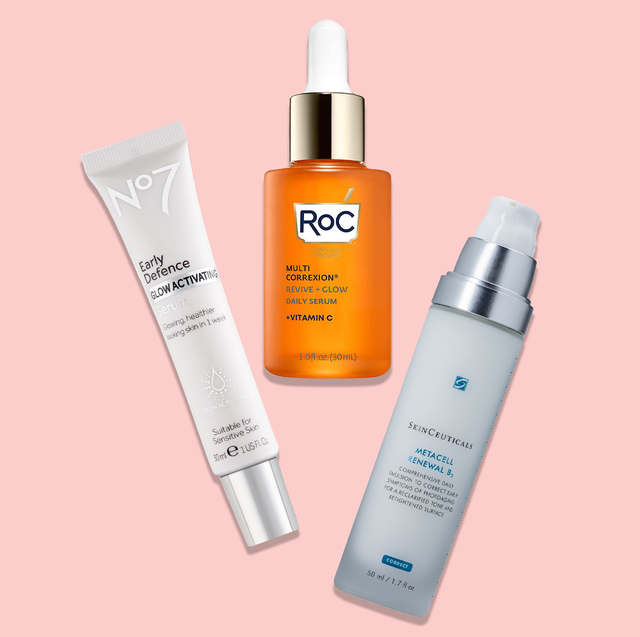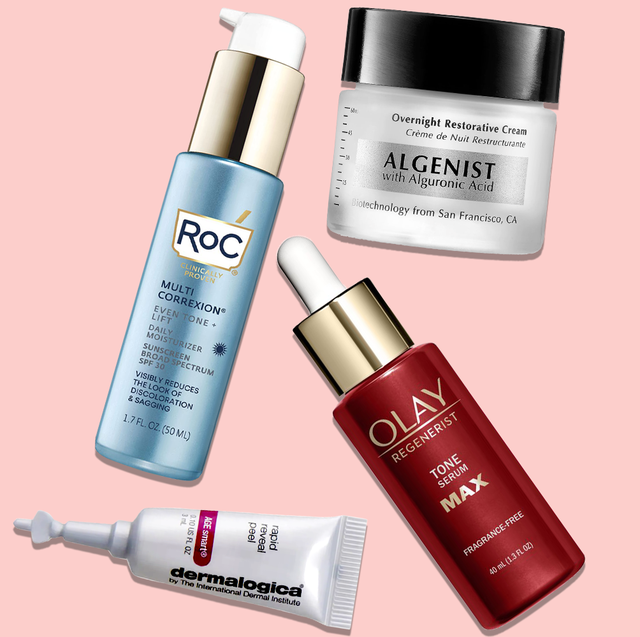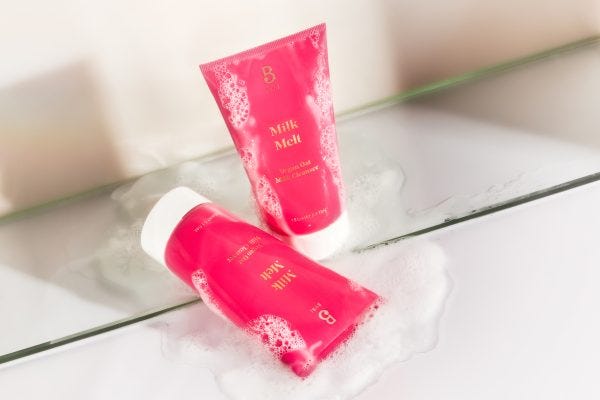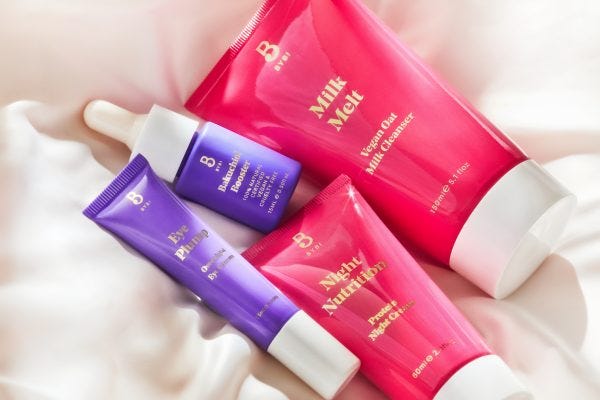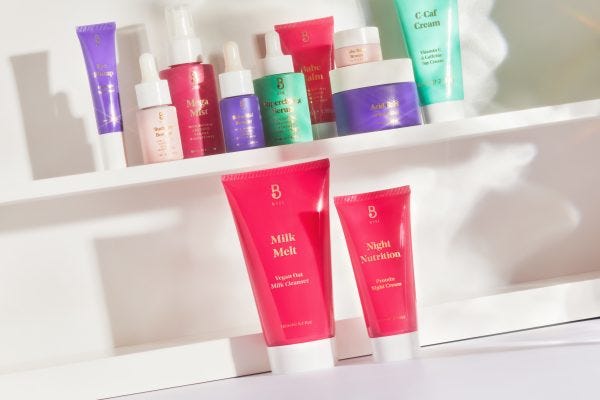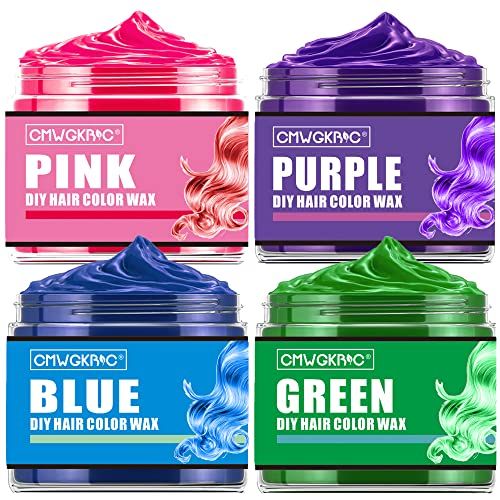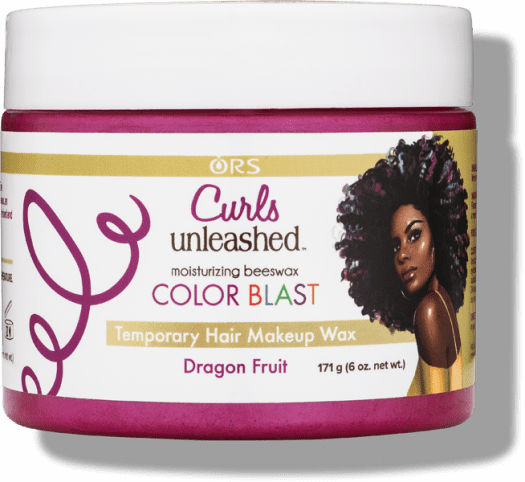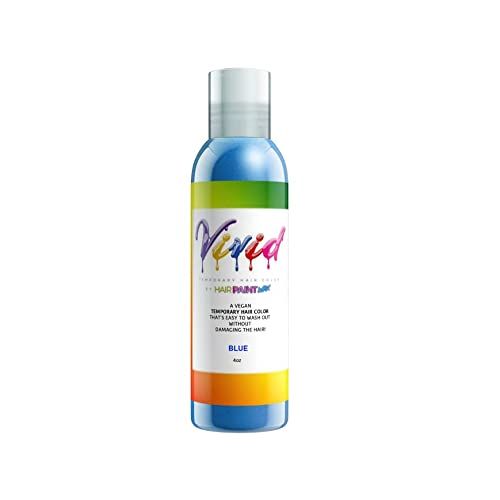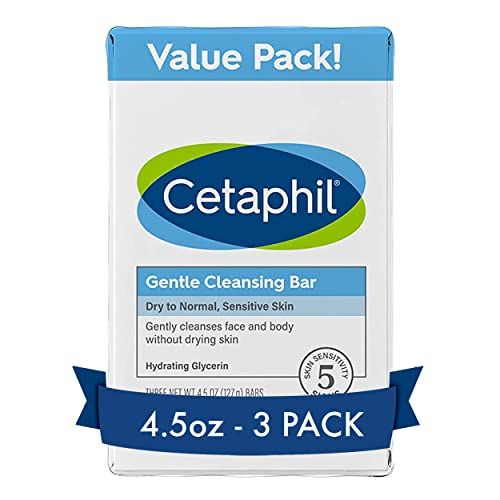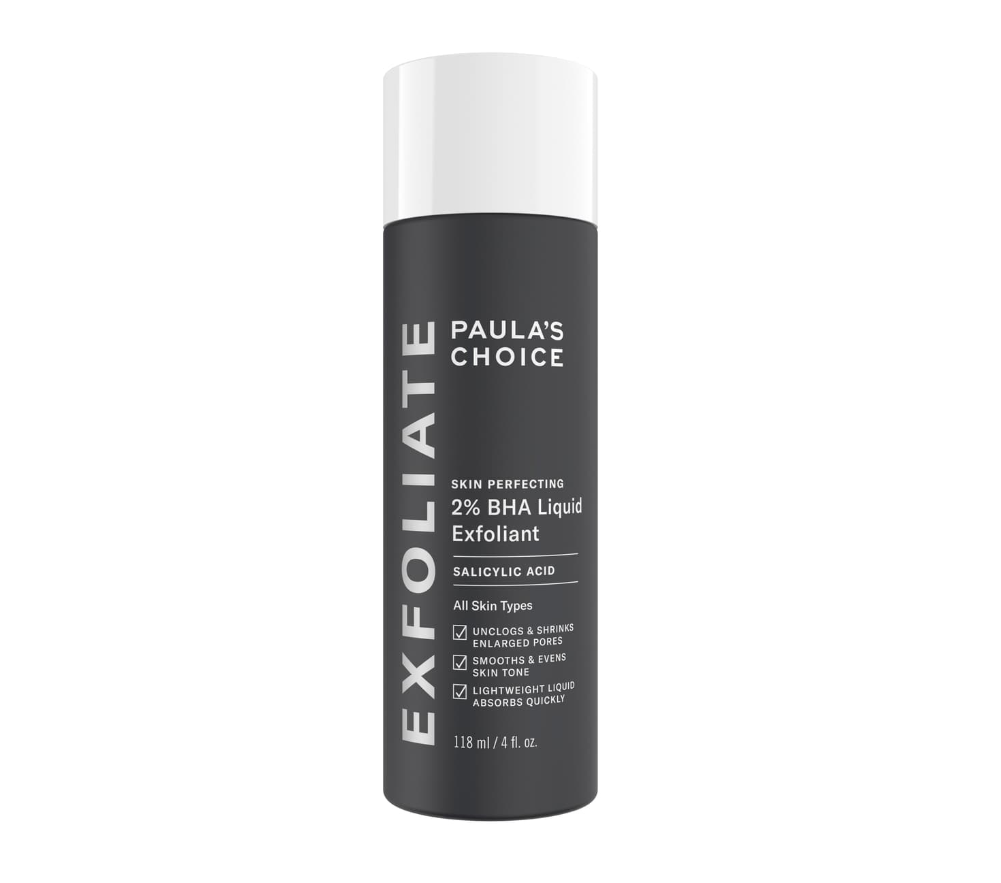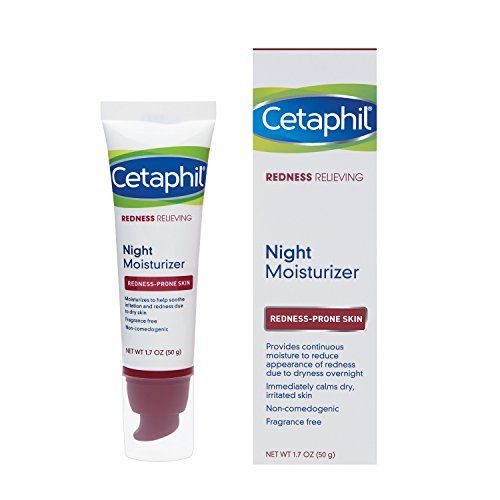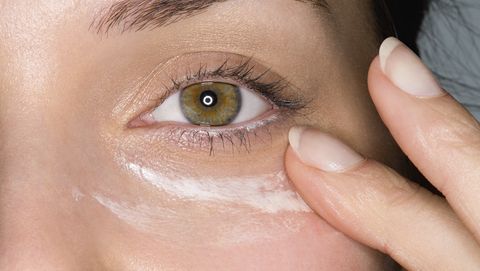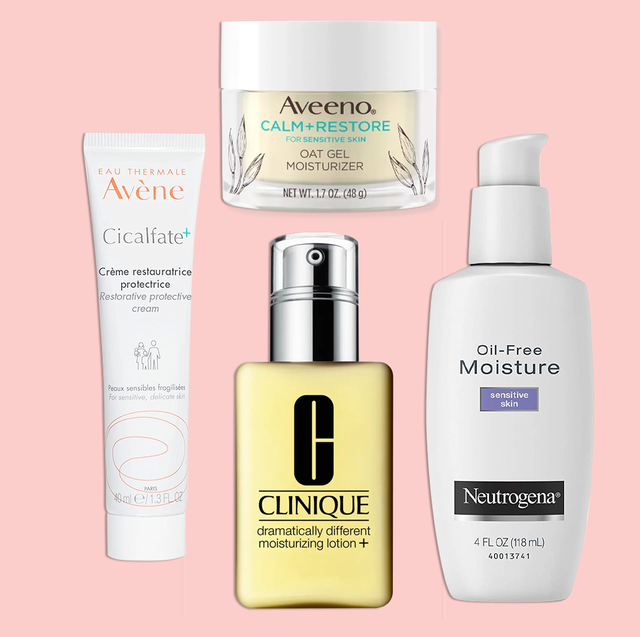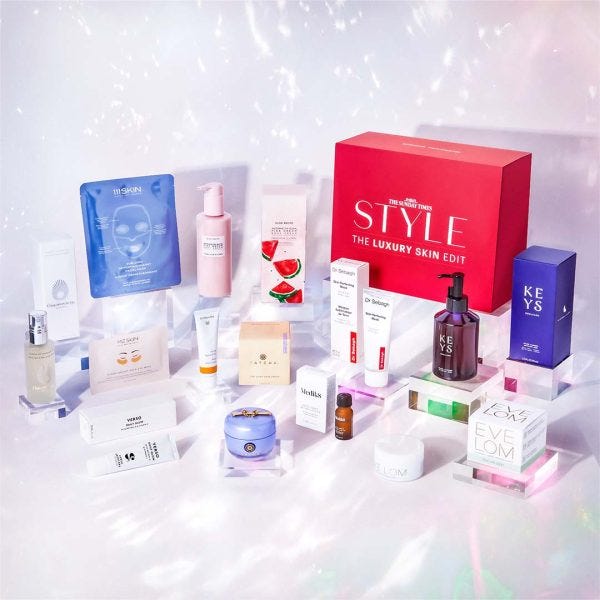Whether it’s from general skin sensitivity, a specific reaction to a product or an underlying health issue, there are a myriad factors why your skin might turn red from time to time. “Rosacea, genetics, allergy to skincare ingredients, heat, sun exposure, alcohol, spicy food, acne, dryness or over-exfoliation” can all contribute to redness, says Dendy Engelman, M.D., a board-certified dermatologist in New York.
No matter the culprit, chronic redness is inflammation, which “causes tiny blood vessels to expand and push against the skin,” says Dr. Engelman. At its best, redness on your face can be annoying, but at its worst, it can be an indication of underlying health issues and a source of irritation, discomfort or insecurity. We asked industry experts and board-certified dermatologists to explain what causes facial redness as well as recommend tried-and-true products to reduce, calm and neutralize your facial redness for good.
What causes redness on the face?
In order to properly treat redness, first, you need to identify the culprit. To figure out why your skin is looking angry, “a visit to a dermatologist office is the best first step in addressing the issue and ruling out any hidden causes,” says Sabina Wizemann, a senior chemist in the GH Beauty Lab. That way, you’ll know that you’re getting to the root of the issue instead of treating the redness arbitrarily. Here are some common reasons your face might be red:
1. Acne
What it is: “Pimples that become inflamed are the most common cause of acne redness. Inflammation causes blood vessels to expand and push against the skin, making the skin appear redder,” says Dr. Engelman. “Bacteria that live on the skin can also infect blocked follicles, causing deeper and more inflamed pimples, cysts and nodules.”
How to treat it: The sooner you can act on it with acne treatments, the better. “Salicylic acid or glycolic acid peels can help, as they promote cellular turnover to remove the top layers of the skin,” says Dr. Engelman. For example, Paula’s Choice Skin Perfecting 2% BHA Liquid is packed with salicylic acid to banish acne, smooth skin tone, and unclog and shrink large, congested pores. After the acne marks have faded, make sure to incorporate an oil-free hydrating cream, like Perricone MD Oil-Free Hydrating Cream, to protect acne-prone skin from drying out (which could potentially cause more redness) without causing more acne.
2. Dryness
What it is: Dry skin is often damaged and compromised, which means that “skin becomes vulnerable to infection from microorganisms, [leading] to sensitivity and redness,” says Dr. Engelman.
How to treat it: To stop dryness-related redness in its tracks, Dr. Engelman suggests that you “reinforce the skin barrier with moisture.” Look for face moisturizers with proven hydrating ingredients formulated especially for dry skin. “If you have any peeling or raw areas, apply petroleum jelly to those local areas to repair the skin,” says Joshua Zeichner, M.D., director of cosmetic and clinical research in dermatology at Mount Sinai Hospital. Good Housekeeping Seal star Aquaphor is formulated with smoothing panthenol and glycerin for a silky finish, and is clinically proven to restore healthy skin while decreasing dryness and irritation.
3. Rosacea
What it is: Rosacea is a chronic inflammatory skin condition that gives the face a flushed, red appearance that affects more than 14 million Americans.
How to treat it: Dr. Engelman recommends trying prescription-strength RHOFADE, “the first and only alpha1A adrenoceptor agonist approved for persistent facial erythema associated with rosacea in adults.” As with any medication, you’ll need to consult your doctor before beginning a new regimen. For OTC rosacea relief, Dr. Engelman recommends Cetaphil’s Redness Relieving products.
4. Seborrheic dermatitis
What it is: “Seborrheic dermatitis, also known as seborrheic eczema, is a chronic papulosquamous inflammatory skin problem that occurs mainly on the scalp and other areas that tend to be oily and have more sebaceous glands, like the head, face and torso,” says Dr. Engelman. “Seborrheic dermatitis causes redness and inflammation, patches of scaly skin, and dandruff.”
How to treat it: Seborrheic dermatitis can be treated a few ways, according to Michelle Henry, M.D., founder of Skin & Aesthetic Surgery of Manhattan. “Thoroughly cleanse the affected area of skin using a fragrance-free, gentle soap,” like Cetaphil Gentle Cleansing Bar. She adds, “a dermatologist may prescribe a topical anti-fungal agent to reduce Malassezia or mild topical corticosteroids to reduce inflammation or flare-up [or] over the counter, topicals containing zinc pyrithione.” Dr. Henry also suggests creams with shea butter to ease redness caused by seborrheic dermatitis.
5. Contact dermatitis
What it is: “Contact dermatitis occurs when something that touches the skin and irritates it or causes an allergic skin reaction,” says Dr. Henry. “It is difficult to treat symptoms such as redness until the cause of contact dermatitis has been identified.
How to treat it: “Protect against contact with irritants,” which potentially include fragrances and dyes, says Dr. Henry, and “use hypoallergenic creams, soaps and detergents.” Dr. Henry says in severe cases, a topical corticosteroid cream or “systemic corticosteroids such as oral prednisone” may be prescribed.
6. Atopic dermatitis or eczema
What it is: A chronic and itchy skin condition, “atopic dermatitis/eczema is often caused by a combination of genetic and environmental factors,” says Dr. Henry.
How to treat it: “The best treatment for redness caused by atopic dermatitis is to reduce contact with irritants and allergens. Dermatologists may also prescribe moisturizers or topical steroids,” Dr. Henry adds, suggesting “moisturizers containing ceramides, hyaluronic acid and glycerin are great ways to soothe the skin.”
You can also look for moisturizing products that contain niacinamide to soothe inflammation, says Dr. Zeichner. “Niacinamide is the ultimate multitasker in skincare. At the same time, it soothes inflammation, evens skin tone, and helps strengthen the skin. Hyaluronic acid can also be used to plump and hydrate,” he says. Dr. Engelman agrees: She suggests CeraVe Night Cream which is filled with both powerhouse ingredients. If over-the-counter fixes don’t stop the irritation, Dr. Henry says a dermatologist may prescribe antibiotics, antihistamines or immunosuppressive agents.
7. Over-exfoliation
What it is: “Over-exfoliation can cause micro-injuries to the dermis, which leads to redness in the short term,” says Dr. Engelman. “Consistent over-exfoliation also prevents the skin barrier from healing and inhibits its ability to protect the body and maintain hydration.”
How to treat it: First thing’s first: stop exfoliating immediately, says Dr. Engelman. “Allow your skin time to recover by avoiding harsh ingredients and techniques, and keeping your skin away from UV rays as much as possible. Instead, use soothing and reparative ingredients like epidermal growth factor (EGF), ceramides and peptides.”
8. Seasonal stressors
What it is: “Redness can appear … due to cold windy weather and dry indoor heat,” says Shannon Furginson, Manager of Training and Education at The Well, a wellness space and spa in New York. “These temperature changes can cause dry red patches on the skin.”
How to treat it: “Skincare should be changed seasonally,” says Furginson. “Your moisturizer in the summer should be different from the one you use in the winter. The same is true for cleansers and serums.” Opt for thicker creams and more hydrating formulas in colder seasons, and lighter-weight picks in warmer ones.
FOR DRYNESS-RELATED REDNESS
Neutrogena Hydro Boost Water Gel
Credit: Neutrogena
For Redness from Seborrheic dermatitis
Cetaphil Gentle Cleansing Bar
Credit: CETAPHIL
FOR REDNESS FROM ACNE
Paula’s Choice Skin Perfecting 2% BHA Liquid
Credit: Paula’s Choice
FOR ROSACEA-RELATED REDNESS
Cetaphil Redness Relieving Night Moisturizer
Credit: Cetaphil
How can you prevent facial redness from occurring?
“Over time, the capillaries can stay dilated and cause permanent redness,” says Dr. Engelman. Yikes. The best way to treat redness? Stopping it from happening in the first place. Here are some tips to sidestep irritation:
- Figure out what environmental situations are negatively impacting your complexion. “Sunlight [and] strenuous activities can be irritating to the skin and can trigger flare-ups,” says Wizemann.
- Avoid spicy foods, alcohol or coffee. Take notice of the way your skin reacts when you eat these common trigger foods. “Stay away from spicy foods for a night and eat more anti-inflammatory or cooling foods such as celery, squash or cucumbers,” suggests Furginson. “Choose vegetables first, any chance you get.”
- Limit exposure to irritants. Dr. Engelman recommends steering clear of products that include peppermint, fragrance, parabens, tricolsan, formaldehyde, phthalates, sulfates, alcohol or witch hazel, which can be irritating and drying, especially to sensitive skin. Instead, “look for hydrating ingredients that will strengthen the skin barrier as well as provide a ‘shield’ from environmental stressors,” says Dr. Engelman. “Peptides, ceramides and hyaluronic acid will all help to build a barrier for the skin,” as well as “products with calming properties like niacinamide, rose oil, aloe and oatmeal.”
- And of course, protect your skin with sunscreen. Dr. Engelman recommends starting each morning by layering on a tinted moisturizer with SPF: “Not only will it neutralize the appearance of redness, but it will also reduce the flaring that comes from sun exposure,” she says. “I recommend zinc-containing sunscreen,” says Dr. Zeichner. “Zinc both blocks UV light and has a skin protecting benefit: This is why zinc pastes are used on babies bottoms to prevent and treat diaper rash.”
Is there a way to cure facial redness overnight?
Nope — our experts agree that facial redness often cannot be cured completely overnight. “Calming and repairing the skin barrier takes time, patience and effort, depending on the cause of redness,” says Dr. Engelman, who recommends using gentle products that are free of dyes, fragrances and other potential irritants while symptoms persist.
While there’s no way to “cure” redness instantly, “there are definitely ways to help ‘calm’ overnight,” says Furginson. “Using cold compresses, a cooling mask is helpful to bring redness down.” Dr. Engelman adds that skincare “ingredients like aloe, cucumber extract, ceramides, squalane and CBD calm skin and help reduce redness,” too.
When should you call a doctor?
“In some cases, over the counter products just aren’t enough,” says Dr. Zeichner. “If your redness or rash is not improving in 1-2 weeks, visit your dermatologist for professional advice and prescriptions that can help.”

Deputy Editor
Jessica (she/her) is a deputy editor at the Good Housekeeping Institute and a longtime product tester, reviewer, writer and editor of beauty and lifestyle content. She has over a decade of industry experience, previously as beauty editor at USA Today’s Reviewed where she launched the Beauty vertical and tested hundreds of products and has covered trends for publications like The Boston Globe and The New York Times. You can usually find her sorting through piles of beauty products — and testing the best ones on camera.
This content is imported from OpenWeb. You may be able to find the same content in another format, or you may be able to find more information, at their web site.
